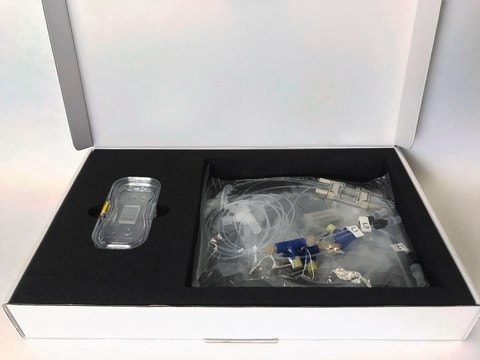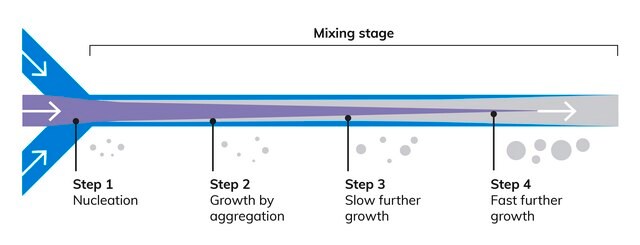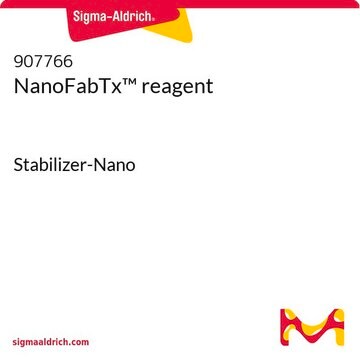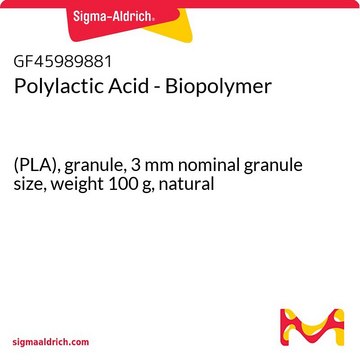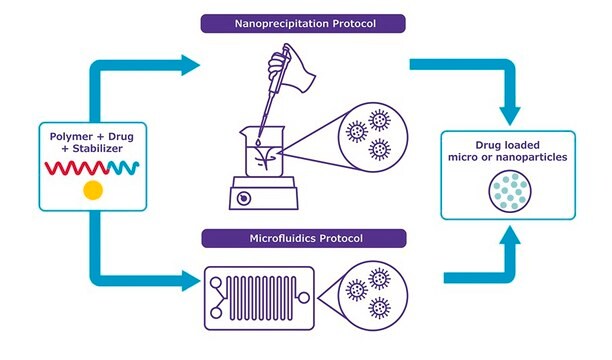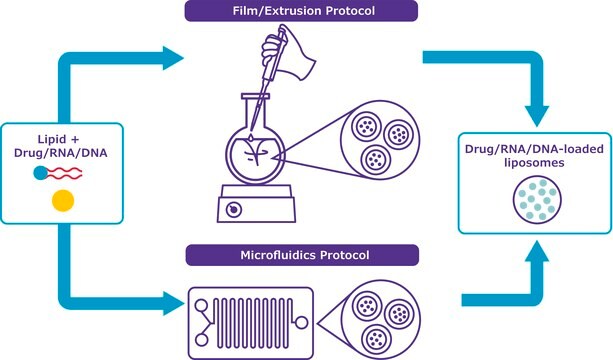918075
NanoFabTx™ PLA-nano
for synthesis of 100 and 200 nm particles
Synonym(s):
For nanoparticle synthesis for drug delivery
About This Item
Recommended Products
General description
- A nanoprecipitation protocol to prepare drug-encapsulated nanoparticles in standard laboratory glassware.
- A microfluidics protocol using commercial platforms or syringe pumps.
Application
Features and Benefits
- Ready-to-use nanoformulation kit for PLA nanoparticles
- Step-by-step protocols developed and tested by our formulation scientists
- Flexible synthesis tool to create uniform and reproducible nanoparticles
- Optimized to make nanoparticles 100–200 nm nanoprecipitation or microfluidics with low polydispersity
- Based on non-toxic, biodegradable polymers
Legal Information
related product
Storage Class Code
11 - Combustible Solids
Choose from one of the most recent versions:
Certificates of Analysis (COA)
It looks like we've run into a problem, but you can still download Certificates of Analysis from our Documents section.
If you need assistance, please contact Customer Support.
Already Own This Product?
Find documentation for the products that you have recently purchased in the Document Library.
Articles
Our NanoFabTx™ platform helps accelerate your drug development by providing ready-to-use formulations and microfluidic devices for reproducible synthesis of nano- to micro-sized particles and liposomes.
NanoFabTX drug delivery formulation kits and lipids mixes for mRNA, nucleic acid, and small molecule delivery in lipid nanoparticles, liposomes and polymeric nanoparticles prepared using Precision NanoSystems microfluidic NanoAssemblr
Professor Robert K. Prud’homme introduces flash nanoprecipitation (FNP) for nanoparticle fabrication, which is a scalable, rapid mixing process for nanoparticle formulations.
Our team of scientists has experience in all areas of research including Life Science, Material Science, Chemical Synthesis, Chromatography, Analytical and many others.
Contact Technical Service